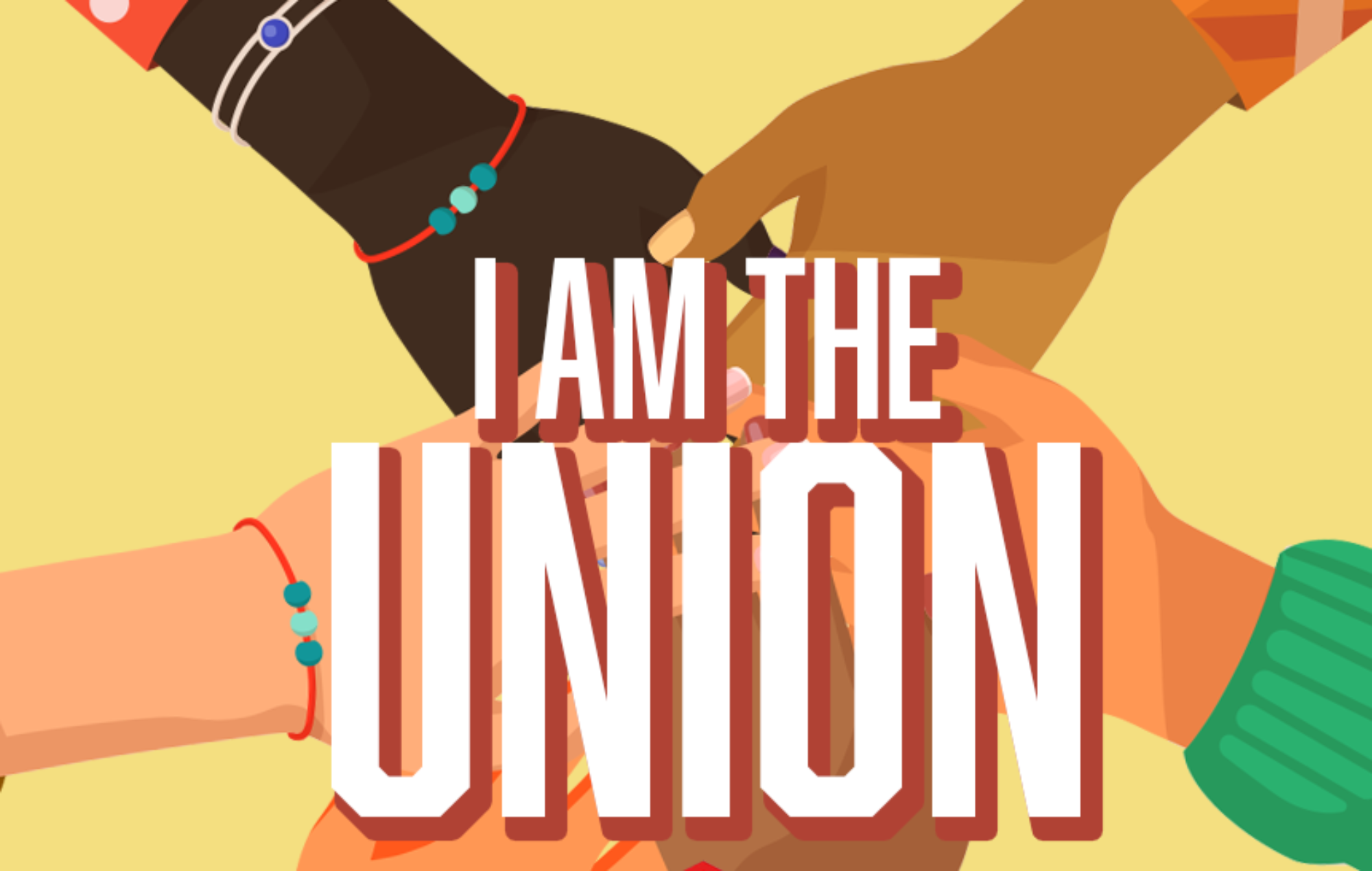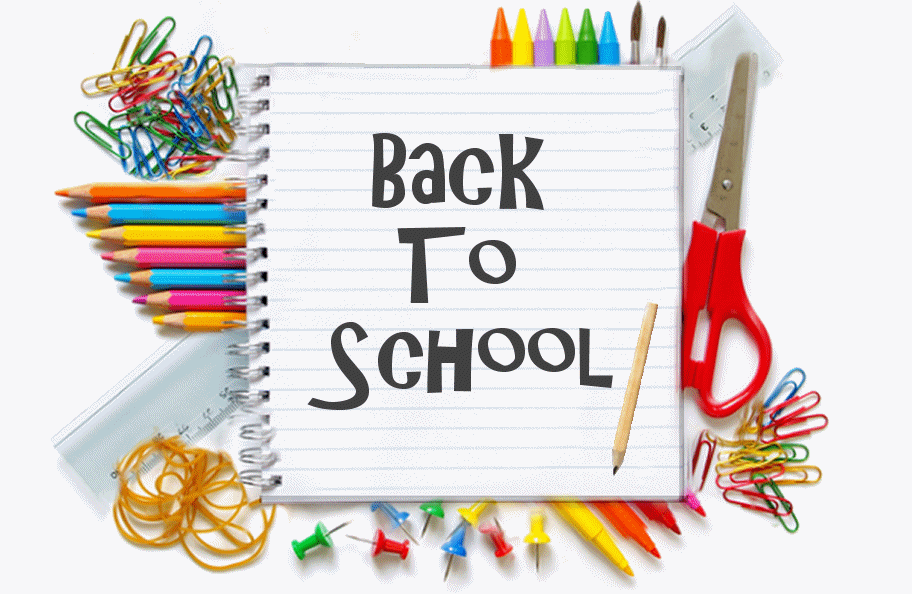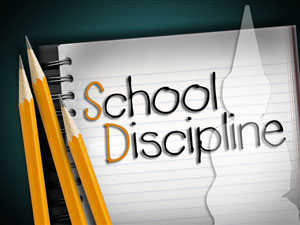Back-to-school employee orientation should always include a review of state, system and school policies and procedures. This activity may not seem like a priority while you are focused on that first day with students. However, you are accountable for knowing these policies and procedures:
Discipline
Employee use of technology
Student use of technology
Handling money
Emergency procedures
Selection and use of videos
Reporting absences
Dress code
Universal health precautions
Sexual harassment
Observations and evaluations
Any others that may apply
Best practices: while policies and procedures define your working conditions, best practices are the daily routines that combine official rules with your work experience and common sense.
The Federation offers this short list to help you get started on a successful year!
Avoid situations where you are alone with a student. Never be in a room with closed doors with students or parents.
Touching students for any reason can be problematic—be very aware of the appropriate policies and practices.
Learn which students have special needs. Provide and document the required accommodations.
Keep your personal belongings locked in your classroom or in the trunk of your car.
Be at your duty post on time.
Maintain an up-to-date substitute folder and have lists for splitting up your classes with assigned students and teachers.
Keep a professional file at home with credentials, documents, employment information (including the work experience at temp agencies in Hawai, etc.), observations and evaluations.
Maintain a log of all parent contacts.
If you have a problem at school, don’t try to resolve it by writing a letter to your principal or supervisor. Call the union for advice and guidance.
As a rule, you should sign documents when requested. If you disagree with the contents, you may include a statement like “My signature indicates only that I have received this document. I do not necessarily agree with the contents, and I reserve the right to respond.”
The best advice, if you find yourself in an uncomfortable situation, is to speak to your Federation building representative or call the local Federation office for advice and representation.


